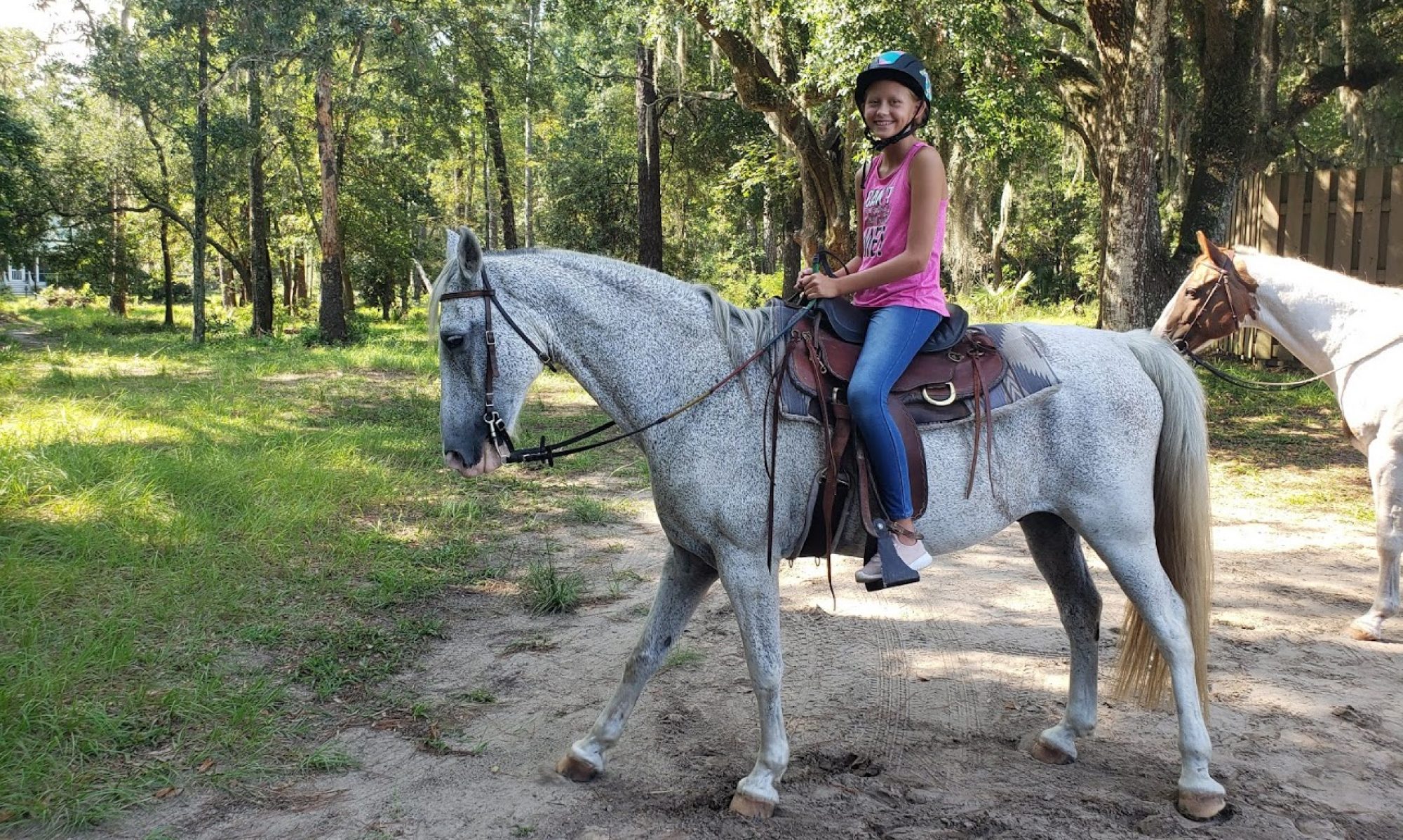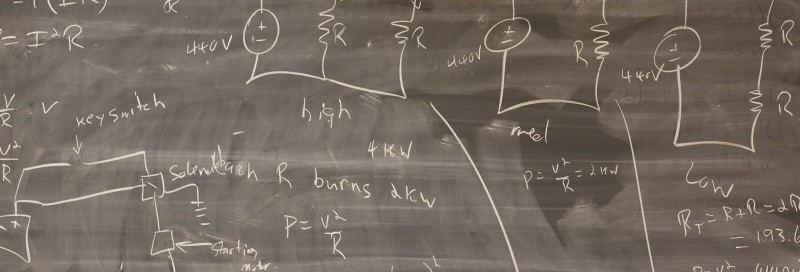There are 3 categories of learning. And while each of my children has a preferred learning style. There is variation by subject. Still, it’s always interesting to me to consider these 3 different learning styles.
Often, when I’m teaching something and it’s just not working, if I step back and try a different style, I suddenly start seeing results. Whether it’s just that I switched up what I was doing so my child was no longer bored, or that I switched to a style that was a much easier way for her to learn this particular concept.
Though, after identifying a preferred style, I tend to try that one first because it’s the style that is most often met with success.
Auditory Learners
It’s what you think. They need to hear things. They do well in lectures, and other verbal forms of teaching. In the early grades, they learn very easily through song or rhyme. If they need to read something, an auditory learner wants to read it out loud because she wants to hear it.
Visual Learners
A visual learner wants to see things. Charts, diagrams, to-do lists, anything they can see. Often, they would rather read a book or instructions in their head instead of reading it out loud. They can be quiet in class because they don’t feel the need to verbally express what they know, but they’re always excited when there’s a list or chart involved.
Kinesthetic Learners
These people want to touch, feel, and experience. Think hands on. Manipulatives and props are especially helpful at the elementary age and they learn best in settings like drama, field trips, and science lab.
How does this help me while teaching? Well, if my child just isn’t getting something, I start by switching learning styles. For example. While teaching my oldest to add. We pulled out the manipulatives. The linking blocks. We’re adding to 5. In the first stack I have 5 pink, the second stack has 1 green and 4 pink, the third stack has 2 green and 3 pink, and so on until the last stack has 5 green. So I explain how adding the 1 green to the 4 pink gives us the same amount of items as the 5 pink. She was so upset that every single block in my towers was not pink. And she started undoing my stacks and replacing all the greens with pink.
Addition fail, color identification success.
Obviously, the Kinesthetic method was not working well. So we went to pen and paper. I would write the equation and draw pictures next to it. So, 1 star plus 4 stars equals 5 stars. Pretty sure I showed her this twice and she could add anything I handed her (kindergarten level, of course). She would even take the time to draw pictures next to the equations if they didn’t have them. A Visual technique was the best method for this concept. It also worked well for subtraction – and we’re now in 2nd grade and have yet to get those linking blocks out again.
Once she got the concept we would do math with things like smarties, skittles, and other little candies. So I was gradually able to reintroduce some kinesthetic learning. Because you do have to be able to count, add, subtract, etc. items in everyday life. Btw, the 2nd grade version of this is helping in the kitchen. We’re currently working on a better understanding of measurements like cup, pint, gallon, and 1/2, 1/4, and 1/3. She thinks it’s super cool when she gets to use all this math that she already knows.
What I’ve learned about my daughter is that she’s primarily a visual learner. But it’s also important to strengthen the other areas of learning. Like reciting math facts, saying our spelling word out loud, and other vocal learning to help her better learn by auditory means. The same with Kinesthetic, science is way more fun when it’s hands on, so we do lots of hands on for science and I slip hands on math in there when I can.
The point is, if you know how your child learns best, you can capitalize on that and then use what they’ve learned to help them see the same concept different ways. There’s no need to keep pounding away on a method that just isn’t working.

